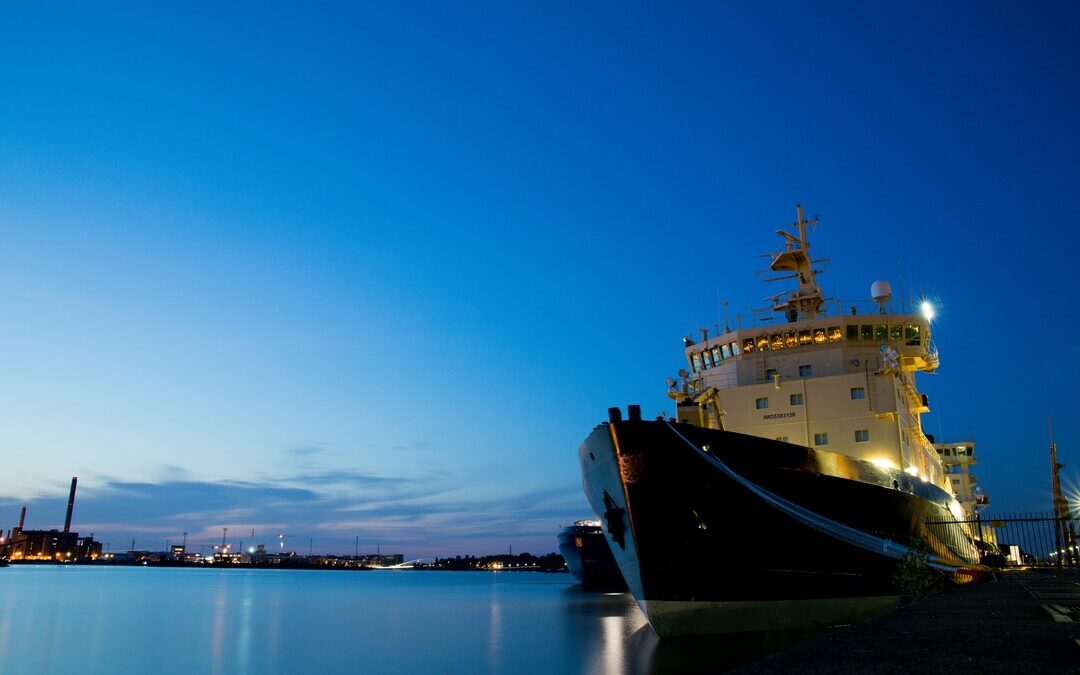IMO Doubles Down on Emission Controls in Arctic and Norwegian Seas
The UN agency adopts stricter regulations for emissions in the Canadian Arctic and Norwegian Sea to reduce air pollution.
The International Maritime Organization has adopted significant amendments to an international seafaring agreement declaring two new emission control areas.
According to a statement, the Marine Environment Protection Committee declared the Canadian Arctic and the Norwegian Sea as ECAs for nitrogen oxides, sulfur oxides and particulate matter.
ECAs are designated sea regions where stricter regulations are enforced to minimize airborne emissions from ships.
The Canadian Arctic ECA includes Arctic waters under Canadian sovereignty, from the 137th meridian west in the Beaufort Sea to the existing North American ECA boundary in the east.
Meanwhile, the Norwegian Sea ECA covers the Norwegian Exclusive Economic Zone north of 62 degrees latitude and includes Norwegian fjords and coastal waters.
MEPC, the vital arm of the IMO responsible for environmental issues, announced the ECAs at its 82nd meeting held in London between Sept. 20 and Oct. 4.
“IMO’s Marine Environment Protection Committee has adopted key amendments to MARPOL Annex VI, designating the Canadian Arctic & Norwegian Sea as emission control areas for nitrogen, sulfur oxides, and particulate matter. Big win for human health,” posted IMO on its X handle on Oct. 3.
MARPOL Annex VI is a crucial component of the International Convention for the Prevention of Pollution from Ships, aimed at reducing air pollution from maritime activities.
According to DNV, an international accredited registrar and classification society headquartered in Norway, the 0.10 percent fuel sulfur requirement takes effect from March 1, 2027.
Tier III nitrogen oxide requirements will apply to ships constructed on or after Jan. 1, 2025, although the requirements will enter into force on March 1, 2026.
The 0.10 percent fuel sulfur requirement for the Norwegian Sea takes effect from March 1, 2027.
Tier III NOx requirements will apply to ships contracted on or after March 1, 2026.
Net-Zero Framework
The International Chamber of Shipping welcomed the progress made by MEPC 82 on the Net-Zero Framework.
The ICS issued a statement acknowledging the progress in developing a base text for amendments to the MARPOL Convention to deliver net-zero emissions by or close to 2050.
However, it says that much more work still needs to be undertaken by governments before this Net-Zero Framework is approved for next year’s critical MEPC meeting in April.
“The meeting has allowed us to identify further areas of convergence on defining the legal framework for the IMO Net Zero Framework, that will effectively guide the next round of dialogue,” said IMO Secretary-General Arsenio Dominguez at the close of the meeting.
He added that at the next meeting – MEPC83 – in April, an agreement would be reached on what he describes as “technical and economic” measures.
Also Read:
BPCL, Mumbai Port Authority to Launch India’s 1st Green Fuel Ecosystem
Nirmal Menon
Related posts

Subscribe
Error: Contact form not found.


